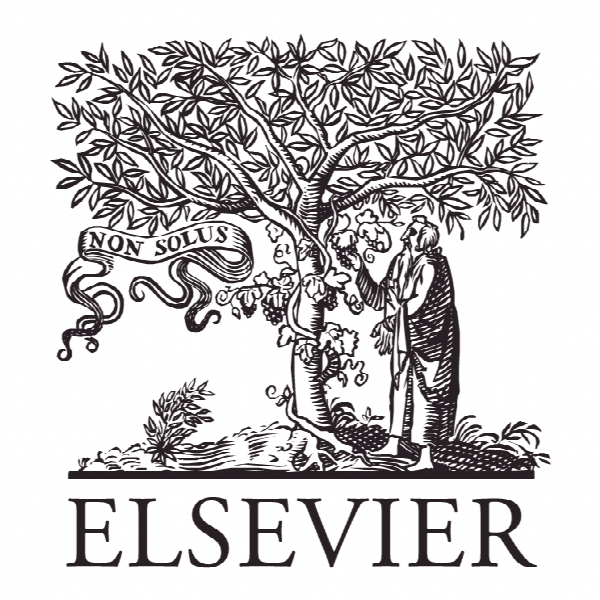استاندارد سازی فرایند و کاهش خطا: بازبینی از رویکرد انتخاب Process standardization and error reduction: A revisit from a choice approach
- نوع فایل : کتاب
- زبان : انگلیسی
- ناشر : Elsevier
- چاپ و سال / کشور: 2018
توضیحات
رشته های مرتبط مهندسی صنایع
گرایش های مرتبط برنامه ریزی و تحلیل سیستم ها
مجله علوم ایمنی – Safety Science
دانشگاه Faculty of Industrial Engineering and Management – Technion – Israel Institute of Technology – Israel
منتشر شده در نشریه الزویر
کلمات کلیدی استاندارد سازی، خطا در سازمان ها، آزادی عمل کارمند
گرایش های مرتبط برنامه ریزی و تحلیل سیستم ها
مجله علوم ایمنی – Safety Science
دانشگاه Faculty of Industrial Engineering and Management – Technion – Israel Institute of Technology – Israel
منتشر شده در نشریه الزویر
کلمات کلیدی استاندارد سازی، خطا در سازمان ها، آزادی عمل کارمند
Description
1. Introduction Errors in organizations are essentially unintended and potentially avoidable deviations from organizationally-specified goals and standards that can yield either adverse or positive organizational consequences (Frese and Keith, 2015; Hofmann and Frese, 2011). Errors harm organizational performance. Taking into consideration that a complete prevention of errors is impossible and that errors will always occur, the effort to continuously improve performance-wise is aimed at reducing the number of errors over time (Frese and Keith, 2015; Lei et al., 2016). Processes standardization (to be distinguished from product and technology standardization, which deals in specifications for products or technologies; Sidak, 2015. Hereinafter, “Standardization”) is one of the most acceptable common practices used to improve organizational performance (Naveh, 2007; Naveh and Marcus, 2005) and specifically to reduce error rates (Katz-Navon et al., 2005; Lei et al., 2016). A process that is standardized is constantly performed following the same steps in the same sequence. Standardization is achieved by setting formal rules to guide employees’ activities, which are operationalized in organizations by means of work instructions, guidelines, manuals, and work procedures. Standardization assists in eliminating errors because it is a repository of organizational memory and expresses the best available knowledge and past experience (Haynes et al., 2009). Standardization turns the best available organizational knowledge into a formal routine and repetitive pattern of interdependent organizational actions (Parmigiani and Howard-Grenville, 2011; Ortmann, 2010). It brings control and coordination, improves knowledge transfer among employees, and provides a sense of structure and sequence to work that reduces ambiguity and eliminates forgetfulness and confusion (Naveh, 2007). In this sense, standardization is a good way to achieve employee homogeneity, uniformity, and coordinated activities, all of which are important for error reduction. However, reports of reduced error rates are rare (e.g., in the health care sector; Makary and Daniel, 2016), and studies suggest the existence of more complex relationships between standardization and the occurrence of errors (Lei et al., 2016). Standardization allows employees to master their tasks better, but coercive standardization functions as a means by which management attempts to coerce employees’ efforts and compliance, and it has only a partial positive association with performance (Adler and Borys, 1996). When standardization impairs flexibility and employee discretion it may even be associated with more errors, because flexibility and discretion are required in order to react to uncertainty and unexpected situations (KatzNavon et al., 2005). In contrast, certain studies suggest that there is a low risk of more standardization, compared to less, harming organizational performance (Davis et al., 2009).


